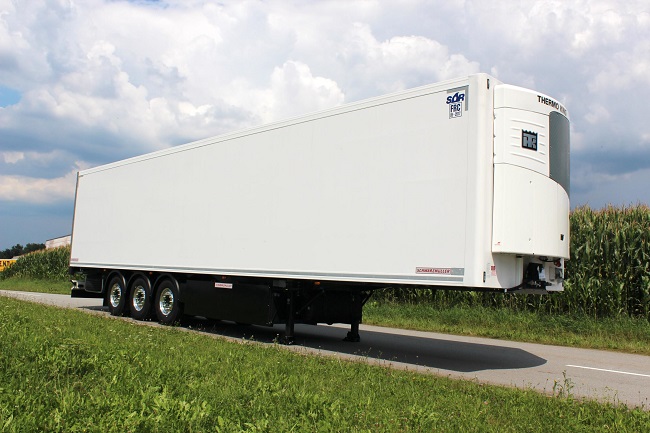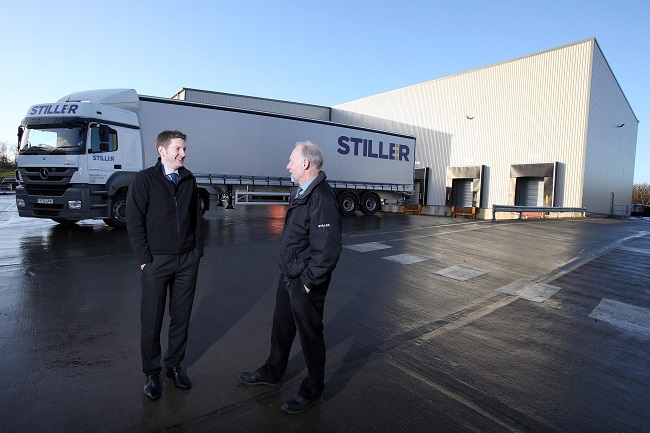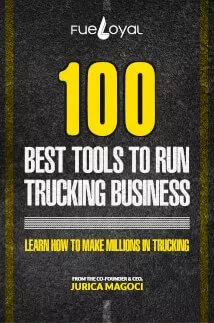One smart move would be to add reefers to your fleet. This opens the possibility to expand your overall clientele. Because no matter how well maintained and updated your equipment might be, there are simply certain products that can’t hauled in a regular dry van/box trailer.
I am sure you are familiar with the basics of a reefer trailer. But I am going to attempt to share why it might be a good idea to add these to your fleet.
What is a reefer trailer?
This might seem like an obvious question. But really you’d be surprised just how many people don’t’ truly understand what they are. Furthermore they won’t understand their importance in the bigger picture of the commercial transportation industry. Just imagine how long a truck load of frozen meat would last in the Arizona sun, if the trailer wasn’t designed to keep things cold.
Basically a reefer trailer is a refrigeration trailer used to transport temperature sensitive products. Reefer is slang for refrigerated (though they can heat as well). The most common reefer trailers range in measurements between 48 to 55 feet (15 to 17 meters) long, hauling a variety of perishable or other products requiring their temperatures to be maintained.

The idea of keeping products cool is nothing new. Mechanical refrigeration railcars were developed back in the 1880’s (but there weren’t very reliable). Previously, perishable cargo had to be either packed in ice or they used large frozen blocks, which constantly had to be replaced at icing stations along the various routes. It wasn’t until about the mid-1920 that refrigerated trailers were in use on the regular roadways.






